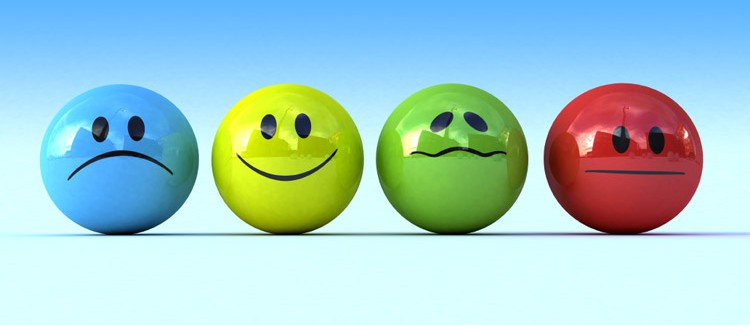Setting the Right Mood for Advertising!

Whilst advertisers rarely attach great importance to the consideration of mood in their pursuit of consumers, it has been demonstrated time and time again that emotion is one of the main drivers propelling ad retention. As a result, it is paramount for advertisers to consider the mood and the state of mind of consumers during the deliberation and process of creating an ad.
Numerous studies have been conducted in recent years testing the central hypothesis of mood and its significance in targeting consumers – Bottom line? When consumers are buoyant and in high spirits, they are more likely to view or “see” an ad, while the opposite is true when they are sad or low. Equally, they are more susceptible not only to notice the ad but to register the message itself when they are in a good mood.
In other words, in order to ensure the effectiveness of a specific ad, it should be crafted to reflect the likely mood of the consumers in a specific environment that it will be displayed. To use a real-life example: movie-goers viewing a sad/serious film should be targeted with low vibe, low energy ads which reflect their mood; while ads should be conceived with an altogether different approach when targeting audiences getting ready to view an action adventure film.
In addition to the fact that mood is instrumental in optimizing recall, it can also affect whether consumers like or dislike an ad itself. In an experiment conducted with a sample size of 2,035, people were asked whether they liked/disliked an ad, whilst at the same time they were asked to describe the state they were in (i.e. happy or sad) at the moment of viewing. Unsurprisingly, people who were in a happy state also liked the ad far more than those who stated that they were in a sad/bad mood. In fact, there was a 62% swing in the liking of an ad based on mood!
How do we effectively apply these insights when deciding on media?
Malls
There is ample empirical evidence to suggest that when people are in a positive mood, as is the usual case at Malls, they become much more receptive to ad messages. Daniel Kahneman, the Nobel Prize winning psychologist, suggests that when people are in a good mood this signifies the absence of danger and therefore mitigates the need to think and act critically. It is therefore far more likely for people to absorb the messages when they are happy!
Taking this a step further, different messages should be broadcasted in different days of the week. For example, people showed increased levels of happiness during weekends versus their mood on weekdays. Therefore, re-focusing ads in such a way so as to capture these happier moments is a relatively straightforward task for optimizing brand recall.
The final takeaway for advertisers on this issue is twofold: firstly, advertisers should strive to match the tone of their ads with the mood of their consumers – congruency of mood with ad message adds to both ad recall and likeability. Seen in reverse, this means that targeting consumers with messages that clash with their mood will likely have a negative effect on the brand itself. Secondly, the ideal time to target a consumer is when they are most happy and in high spirits.
